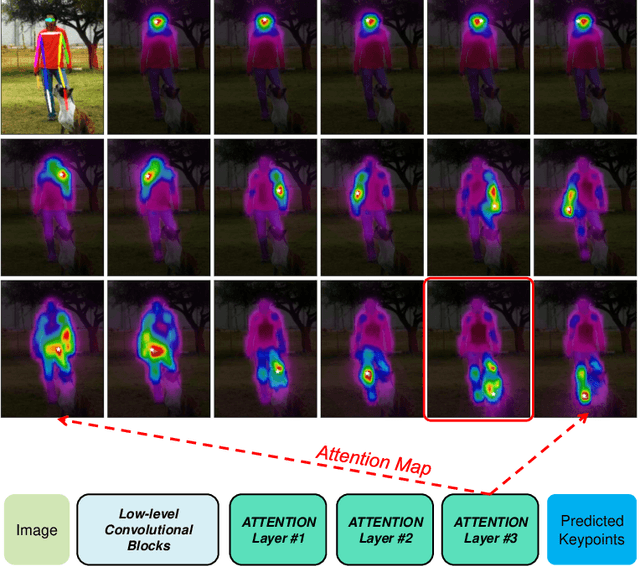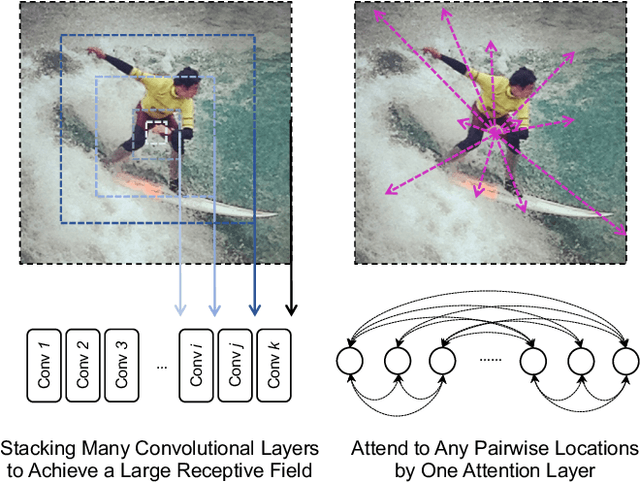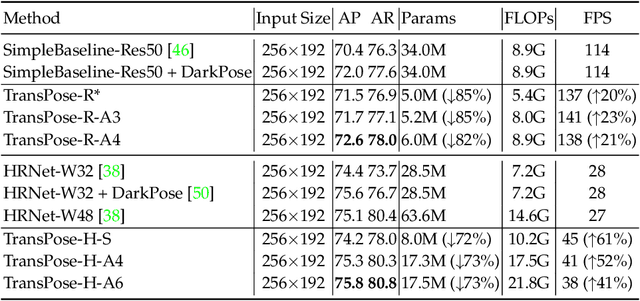TransPose: Towards Explainable Human Pose Estimation by Transformer
Paper and Code
Dec 31, 2020



Deep Convolutional Neural Networks (CNNs) have made remarkable progress on human pose estimation task. However, there is no explicit understanding of how the locations of body keypoints are predicted by CNN, and it is also unknown what spatial dependency relationships between structural variables are learned in the model. To explore these questions, we construct an explainable model named TransPose based on Transformer architecture and low-level convolutional blocks. Given an image, the attention layers built in Transformer can capture long-range spatial relationships between keypoints and explain what dependencies the predicted keypoints locations highly rely on. We analyze the rationality of using attention as the explanation to reveal the spatial dependencies in this task. The revealed dependencies are image-specific and variable for different keypoint types, layer depths, or trained models. The experiments show that TransPose can accurately predict the positions of keypoints. It achieves state-of-the-art performance on COCO dataset, while being more interpretable, lightweight, and efficient than mainstream fully convolutional architectures.
 Add to Chrome
Add to Chrome Add to Firefox
Add to Firefox Add to Edge
Add to Edge